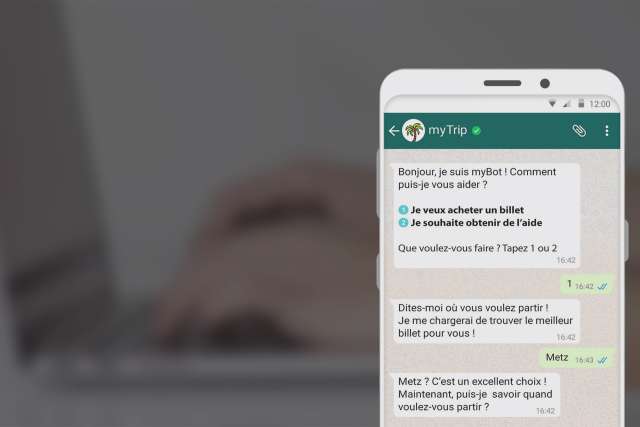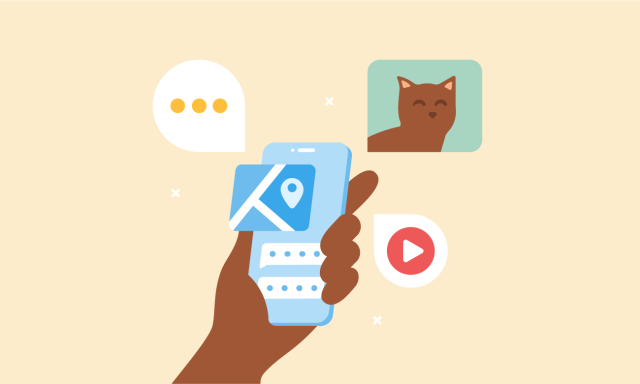Purchased by Facebook in 2014, WhatsApp is now the number one instant messaging application with 2 billion active users each month!
Every day, 60 billion messages are sent, just like that!
However, it was not until August 2018 that this service finally opened its API to companies and allowed them to deploy the first use cases. The opening-up was intended to be gradual, so as not to rush users.
Today, nearly six months later, deployment is accelerating, with conclusive initial results and myElefant is now providing you with an overview of the latest information about this new channel.
WhatsApp, which use cases?
Let’s begin with the kinds of use cases that can be implemented. WhatsApp Business initially wanted to limit its provision to service and transactional cases only. So there would be no more promotional campaigns, but that does not mean that this rule cannot change in the coming months.
In practical terms, here are two examples of what we can do:
- Following your purchase of DIY equipment, the selling company sends you an explanatory tutorial
- I have a claim, I contact my insurer via WhatsApp to send a photo of the damaged object, and I manage the follow-up
And… this is what we can’t do:
- Hello, it’s sale time -70% off everything in the catalog!!!! Click here!!!
WhatsApp aims to be a channel its users perceive as focussed on the customer experience and not on marketing. The number of possible use cases is still significant.
WhatsApp Business, what are the possibilities?
Although Menlo Park has announced the interoperability of Messenger, WhatsApp and Instagram, their operating model is still a long way away.
WhatsApp, therefore, offers a conversational model similar to that which we can find on SMS reply while ensuring the total confidentiality of conversation through the encryption of the messages exchanged.
At the moment, there are no buttons or carousels, and the formats are limited to text and images.
Just a few weeks after the opening-up of the API in its stable version, OuiSNCF has given us an idea of the usage possibilities of the app by deploying one of the first French conversational robots on WhatsApp.
The chatbot allows you to search for train journeys for one person, while efficiently using the group’s NLP (Natural Language Processing) component already deployed on other messaging services.
Opt-in and media coverage: the two essentials
The mobile phone number is used as an identifier, but it is also necessary to collect an opt-in specific to WhatsApp.
To obtain these opt-ins, it is not enough to simply create a conversational agent. It must be publicized. WhatsApp offers the same media solutions as those for Facebook Messenger:
- Sending a redirection SMS
- A link to the bot to integrate into an SMS/Rich SMS campaign
- Sponsored publication on Facebook
How much does a WhatsApp message cost?
You have successfully promoted your WhatsApp bot on the media… but it doesn’t stop there. To send messages to your users, you have to have a phone number specific to WhatsApp Business. This number is available for a monthly subscription.
It’s time to send a message!
The first message costs about the price of an SMS and the message following a response from the user within 24 hours will cost 1/10th of the price of an SMS. If you want to send a new message without a reply from the user within 24 hours, you will have to pay the price of the first message again.
Messages sent by users will remain free of charge.
You now have all the information you need to get started!
myElefant, a SaaS mobile messaging platform, offers a very simple solution allowing the creation and implementation of campaigns on all major mobile channels (SMS, Rich SMS, Facebook Messenger, etc…) from a single platform. If you would like more information about WhatsApp API, interactive messaging or our platform, please contact us!
Article originally published on the myElefant blog site - July 2019



